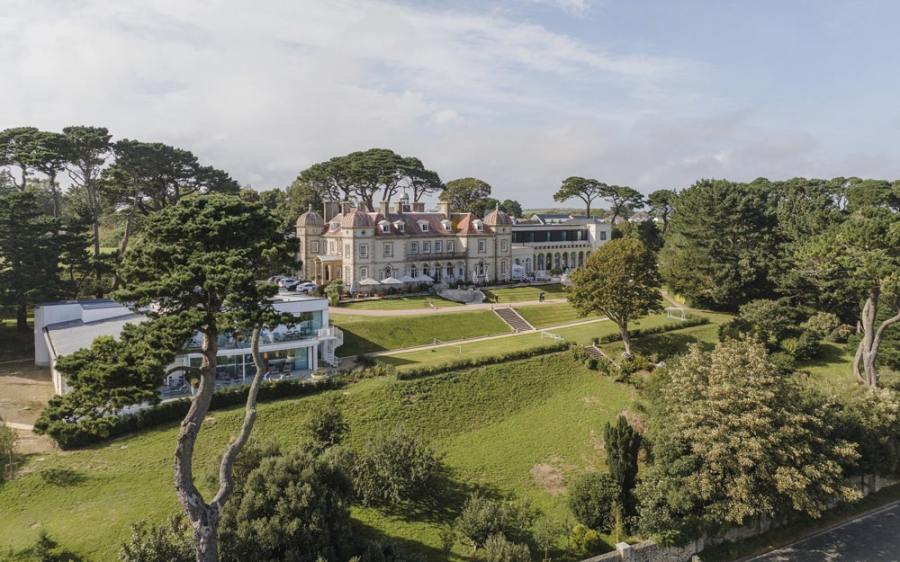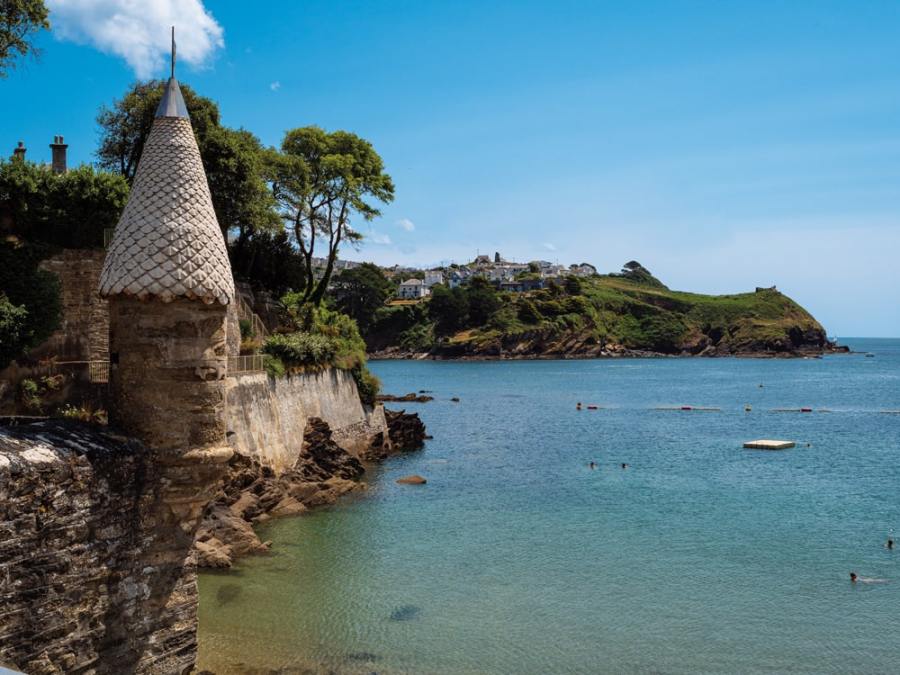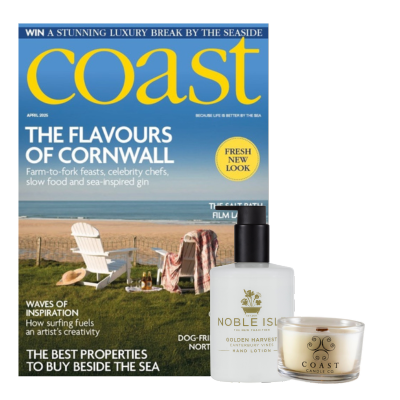Step back in time and explore the history of this extraordinary harbour town, where picturesque cobbled streets and cool cafés belie its complex and intriguing past – Alex Fisher
Nestled at the mouth of the River Fowey on the southern coast of Cornwall, Fowey (pronounced ‘Foy’) is undoubtedly picturesque. Its natural deep-water harbour ensured it was already flourishing as a medieval port in the 12th century, and by the 14th century, it was one of England’s busiest ports, exporting Cornish tin and China clay, and importing wine from Bordeaux.
During this time, the Fowey Gallants – a fleet of privateers – gained notoriety, having been given a licence to disrupt enemy trade during the Hundred Years War. In 1457, just four years after the war officially ended, the group famously joined forces with Lady Elizabeth Treffry of Place House to defend the town from French marauders. A six-week siege ensued, but the people of Fowey managed to repel the invaders. Today, the 13th-century Place House still stands proud in the heart of the town as the private residence of the Treffry family, with only its grand turrets visible to the public behind its high walls.
Once defended by 160 archers and a castle commissioned by Henry VIII in the 1530s, the town now welcomes holidaymakers, walkers and maritime and literary enthusiasts. The port, which during the Napoleonic Wars bustled with Royal Navy ships preparing for battle, now hosts over 6,000 visiting sailing ships and motorboats a year, including around a dozen vast cruise ships that glide slowly up the river mouth, seemingly at odds with the higgledy-piggledy settlements on either side of the estuary.
These pastel-coloured houses jostle for a prized sea view, as tourists from around the world enjoy a day out by the water. But a palpable sense of the past remains: the whiff of gunpowder, the ghost of a galleon, the fast footsteps of pirates and privateers still echo through the narrow, winding streets and quayside.
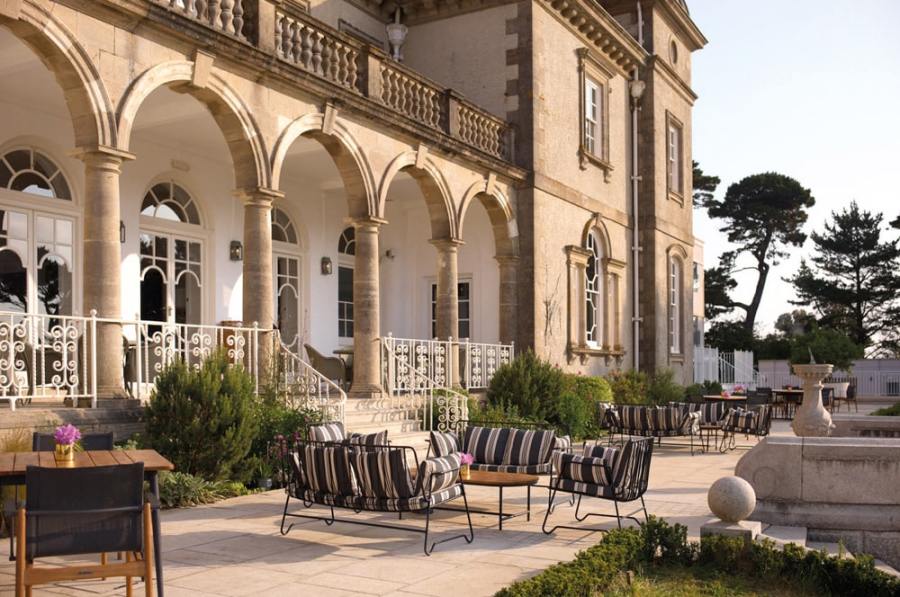
BREAKFAST IN BED
One of the joys of staying in a hotel is breakfast in bed. Most provide this and it’s a luxurious way to start the day. I open the curtains and drink my coffee on the balcony, overlooking the Fowey Estuary and Polruan, the village that clings to the hill opposite. It’s a blustery morning, but the views are stunning. I’m staying at the very grand, but also very down-to-earth Fowey Hall Hotel. Recently refurbished, the hotel was originally built as a home for Charles Hanson and his wealthy heiress wife, Martha Sabina Appelbe, and completed in 1899. As Charles was friends with Kenneth Grahame, author of The Wind in the Willows, it is widely believed the property was the inspiration behind Toad Hall in the book.
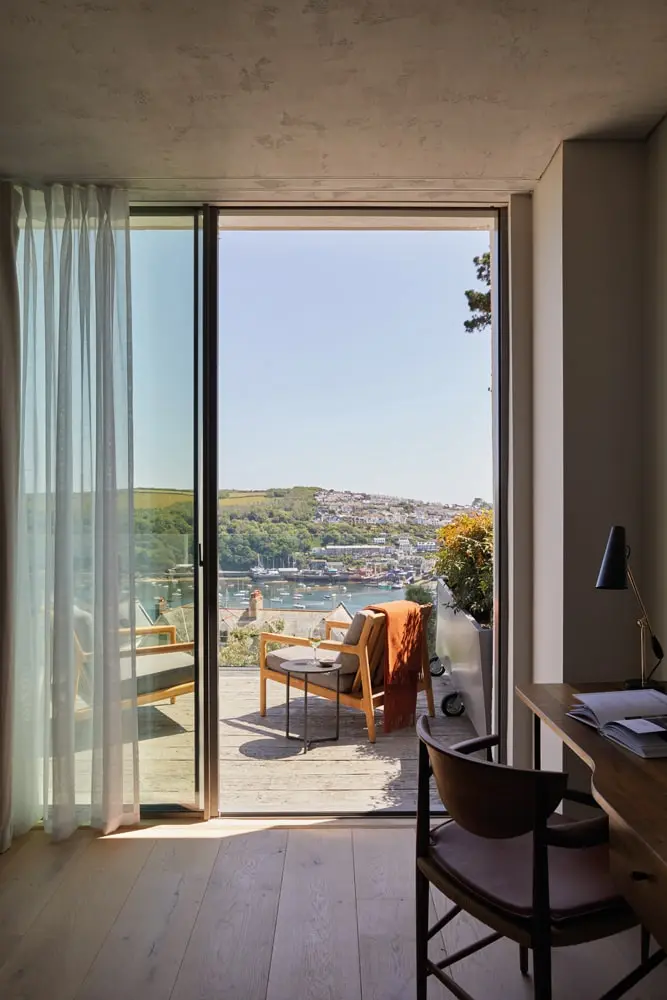
Sitting above Fowey, the hotel not only offers stunning views throughout, but it is also the perfect sanctuary for a visit to the town. It boasts extensive grounds and a spa, but is still only walking distance from the harbourside and beach.
HEAD TO THE BEACH
There’s nothing quite like an invigorating, windswept coastal walk, so it’s the first thing I do. It’s a lovely stroll from the hotel to one of my favourite spots, Readymoney Cove. This gorgeous little beach is often busy with sunbathers and swimmers in the summer, but on a day like today, it’s quiet and very beautiful. The kiosk here seems to be open come rain or shine, and I have a cup of tea as I watch the waves roll in.
The cove gained additional interest when comedian and national treasure Dawn French moved to the imposing Point Neptune House on the east side of the bay, overlooking the sea. Dawn has now moved on, but the house remains as lovely as ever.
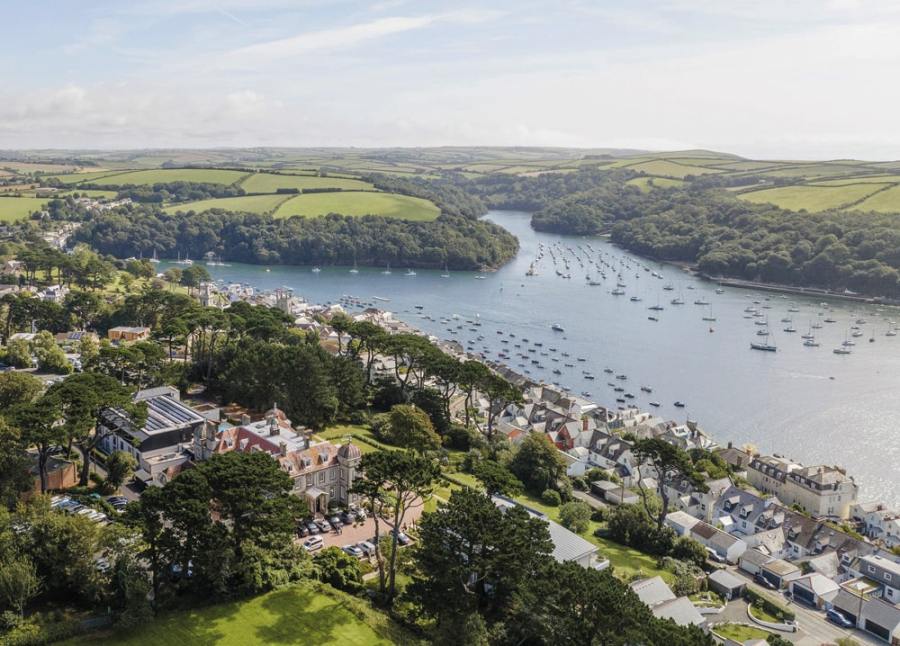
VISIT A CASTLE
From the Cove, I continue towards St Catherine’s Castle. This is one of two artillery forts built by Henry VIII in the 1530s to defend Fowey Harbour. Now owned by English Heritage, the site is free to enter and well worth a visit for the panoramic views. However, be aware that there are steep drops around the castle, so this may not be a suitable place for small children (english-heritage.org.uk/visit/places/st-catherines-castle).
LUNCH IN FOWEY
There are lots of great places to eat in Fowey, but it’s not raining, so I’m very happy to pick up a Cornish pasty from the Quay Bakery in Fore Street. Its pasties, which are baked on site using local ingredients, are amazing. The menu is simple, focusing on two options: the traditional recipe of skirt steak and Cornish vegetables, and a vegetarian version with Cornish Gouda. With my warm pasty and a hot cup of tea in hand, I head harbourside and find a bench where I can watch the boats pootle in and out while I enjoy my lunch (quaybakery.co.uk).
If you need to eat indoors, seek out North Street Kitchen, which serves fantastic seafood sharing plates – if you can get a table (55 North Street, Fowey; Instagram @nskfowey).
TAKE THE FERRY TO POLRUAN
There’s always something special about crossing the water, and a visit to Polruan offers the perfect opportunity to do just that. The quieter of the two communities that sit on opposite sides of the estuary, Polruan was once a fishing and boat-building village. A wander around its pretty winding streets, fishermen’s cottages and cosy pubs is a lovely way to while away your afternoon. The more active visitor can follow the South West Coast Path to breathtakingly beautiful Lantic Bay. The Polruan foot ferry costs £3 for an adult and £1.50 per child for a single ticket. Times may vary according to the day and season, so check carefully when planning your crossing there and back. Call 01726 870232 or visit ctomsandson.co.uk.
SUPPER AT FOWEY HALL
I finish the day off with supper in the grand dining rooms at the hotel. There are two of these: one catering for families with younger children, who are welcomed with open arms, and the other an elegant dining room for those without. The meal begins with a sumptuous, light-as-a-feather cheese soufflé followed by a perfectly cooked steak with peppercorn sauce, and ends with some traditional ice cream. All utterly delicious! The starters cost from £13 and mains from £21 – contact the hotel to make your booking.
LITERARY INSPIRATION
Of the many authors who have been inspired by Fowey and its surrounding area, none is more famous than Daphne du Maurier. One of her homes, Menabilly, was the inspiration for the famous Manderley in her novel Rebecca. The other, Ferryside, overlooks the river and can be seen from the Bodinnick ferry. Ferryside is on a private estate and can’t be visited – but it’s only a 45-minute walk from the hotel to the ferry, so I head out. On the way, I stop off at Fowey Museum in the town hall, which houses a collection of du Maurier-related artefacts and celebrates her love for the area.
I then follow the riverbank path inland to the ferry. These run every 10-15 minutes – foot passengers pay £2.50 for adults and £1.25 for children for a single fare, and there’s no need to book ahead. Ferryside’s whitewashed walls can be viewed on the far side of the river as you cross it (ctomsandson.co.uk).
Booklovers may want to visit in May, when the annual Fowey Festival of Arts and Literature, also known as The du Maurier Fowey Literary Festival, celebrates the author’s enduring legacy (foweyfestival.com).

AND RELAX
As well as being very family-friendly, Fowey Hall Hotel has plenty for adults to enjoy, including the new spa area. With a steam room, indoor hot tub, outdoor sauna and stunning relaxation area with a sea view, this is the perfect place to wind down before returning to work on Monday! Treatments, including seaweed wraps, start from around £72 (luxuryfamilyhotels.co.uk/locations/fowey-hall/spa).
At the end of my weekend, I celebrate the fact that I’ve spent the entire weekend without a car, visiting everywhere on foot.

